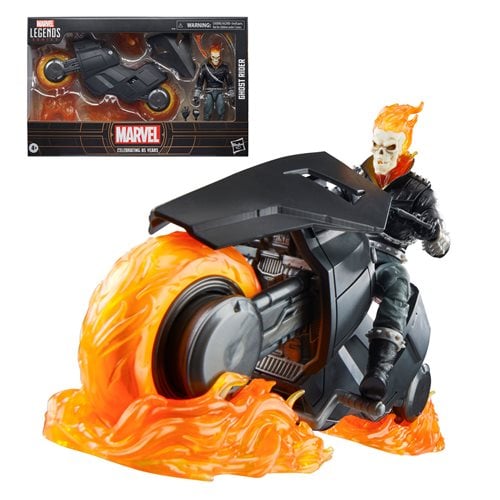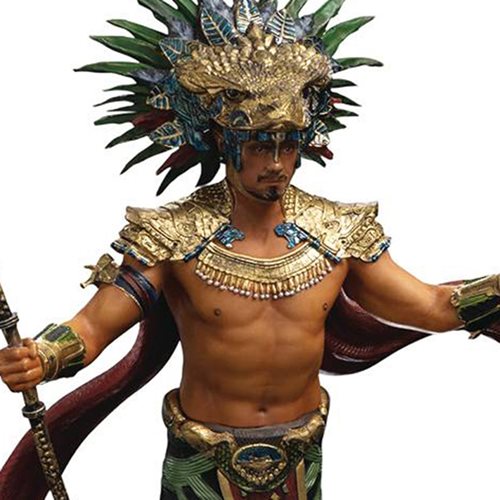Technology allows the gambler to do more than just click and spin the slot's reels. VR headsets transport the person into the atmosphere of a real casino. Many companies have already been investing heavily in virtual casino projects. Teams of skilled programmers, designers, and other professionals from the IT industry meticulously reproduce the smallest details of casino halls, poker card tables, and slot machines.
There is no doubt that the future virtual onlinecasinos will face many regulatory challenges. Some gambling jurisdictions are likely to ban it altogether, while others will impose severe restrictions that will reduce the flow of customers into this market. Nevertheless, VR gambling continues developing.
First VR casino
The first VR casino in the world was the Spanish SlotsMillion, which opened back in 2015. A customer could (and still can) virtually visit the gambling establishment, examine the furniture inside, the slot machines, even admire the view from the window. It is possible to enter the online casino from a laptop, tablet, smartphone, or personal computer. However, in this case, the player will not get an immersive effect.
Of course, you can not only walk inside but also play there. The casino offers 40 different 3D slots to choose from; each game has the highest and most realistic graphics possible. You can even play with your friends at SlotsMillion as up to 20 people can join one game.
VR Game Developers
Only a few companies are developing gambling games in VR at the moment. The first virtual reality slot is believed to be Starburst from NetEnt. Later, the provider released Jack and the Beanstalk, Gonzo's Quest, and Scarface.
In 2016, Microgaming entered the VR gaming market. As part of ICE Totally Gaming, the provider introduced virtual roulette in a space setting. Users got the chance to interact with the chips. At that time, the provider won the Innovation of the Year award largely due to the quality of the graphics.
PokerStars VR is a game that was launched on Steam in 2018. It delighted many players and has garnered more than 1,200 positive reviews. Several different locations are available in the game:
● Macau 2050
● Space Station
● Monte Carlo Yacht
● PokerStars Arena
● Showdown Saloon
In PokerStars VR, you don't have to play against the dealer but against other users. Each participant can choose a suitable avatar for himself. It is allowed to interact with the opponents - communicate via voice chat, throw different objects at each other or fire a gun. The fairness of the game was ensured by a certificate from iTech Labs.
Interesting fact: Experts say that there is a big difference between the classic casino players from those who were looking forward to trying 7 most anticipated games for Xbox and switched to VR poker. The thing is that the former ones play for the atmosphere and place high stakes for the sense of risk, while the latter ones strive to win by making smaller bets and creating different strategies.
Key Challenges for VR Casinos
Consulting agencies predict that the introduction of a virtual reality platform into online casinos will bring in an additional $25 to $26 billion a year to the gambling entertainment industry. The emergence of the new technology has shown promise, but analysts' expectations are likely to fall short due to several reasons.
The cost of the goggles
For a fully immersive experience, the user needs to purchase VR glasses. The Oculus Rift costs from $399 which is quite a lot for some casinos fans. Also, players won't be able to connect the goggles to a phone or weak laptop. To log into a VR casino, a user needs to download the software to a sufficiently powerful PC. Until the vast majority can afford the necessary hardware, gambling providers are unlikely to throw their full weight behind virtual reality.
Only 6 million virtual reality headsets were sold in 2020, most of them purchased for corporate purposes. Even if half of the buyers prefer to bet on gambling, that's not the size of the market for active VR gambling development.
Getting tired
Watching movies in IMAX or 3D cinema causes headaches, eye fatigue, nausea, or vertigo in some viewers. Indeed, the human brain is unaccustomed to seeing artificially created three-dimensional images.
Similar effects are encountered when using a VR headset. The effect is much more noticeable. When using VR glasses for the first time, the player is unlikely to last more than 30 minutes. Over time, the session can be increased to 1 hour, but even an experienced participant will have to take breaks.
Such a limitation is clearly not what VR game manufacturers, casinos, and users themselves want. For example, a poker session can last from 2 to 6 hours, and in some cases, even longer. After one such game, a gambler will not want to sit down at a virtual poker table for a long time.
No distractions
While betting via PC or phone, the user can do other things at the same time: texting in an additional window, drinking something, opening different applications, and so on. In the case of VR glasses, all these things are not possible. Let's not forget that most people are addicted to social networks. They want to read their WhatsApp messages as soon as they receive them and always be updated about the number of likes their last Instagram post got. Not having the chance to distract from the game might make the whole VR gambling process less enjoyable for many players.
Despite all the challenges that VR game developers are facing, new products keep appearing. And maybe soon we all will think of computer casinos as a thing of the past.





















































































